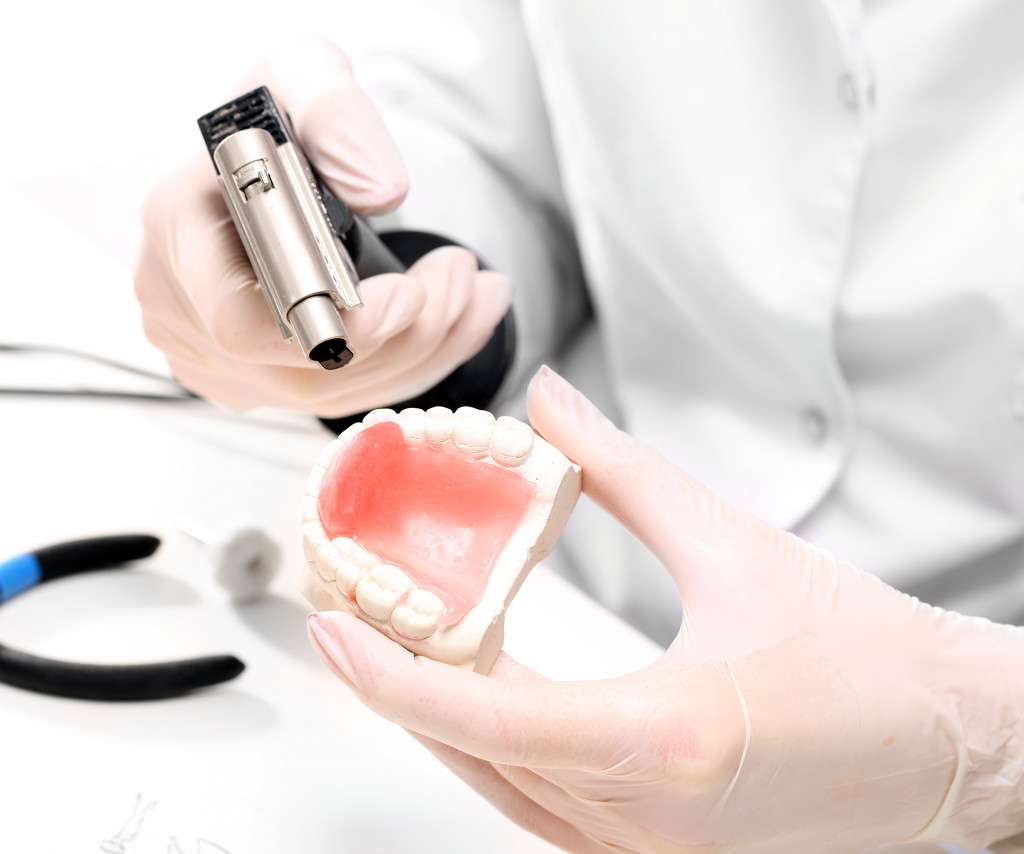- Before getting a dental aesthetic procedure, it’s important to understand the associated costs and if it’s covered by insurance.
- Provide your dentist with information about your oral health and lifestyle habits to help them create a suitable treatment plan.
- Ongoing medications and anesthesia allergies must also be disclosed to your dentist before undergoing the procedure.
- Adhering strictly to post-procedure instructions is essential in order to ensure long-lasting results from your dental aesthetics procedures.
Dental aesthetic procedures are becoming increasingly popular amongst people who want to enhance their appearance and improve the health of their smiles. One of the primary benefits of dental aesthetic procedures is that they are safe and effective. These treatments are designed to correct imperfections and boost your overall beauty. However, it is important that you consult with your dentist before undergoing the procedure in order to ensure that it is suitable for you and that you are aware of any risks associated with the treatment.
These procedures usually involve some combination of veneers, whitening, tooth reshaping, and implants that can give you the perfect smile. But if you want your results to be long-lasting and beautiful, you need to understand what is involved with these procedures before going ahead with them. Let’s dive into what you need to consider before going through with the treatment.
The price point
It’s important to get an understanding of the cost associated with the procedure. Depending on what type of dental aesthetic procedure you choose, the cost can vary greatly. It’s best to research different types of procedures and get a good idea of how much money you will need for each one before committing to any particular treatment.

Veneer teeth, for example, generally range from $500 to $2,500 per tooth. Whitening treatments can cost anywhere from $200 to $900, and reshaping treatments tend to be slightly less expensive than whitening with prices ranging from $150 to $600 per tooth. Implants can be quite costly with prices ranging from around $1,000 up to $4,000 or more per tooth depending on what materials are used and the complexity of the procedure.
Insurance coverage
It’s also important to remember that cosmetic dentistry procedures are not typically covered by insurance companies since they are considered elective treatments. It’s best to budget for these costs upfront and make sure that whatever procedure you choose is something that fits within your means. Before committing to any particular treatment plan or procedure, be sure to discuss all options with your dentist so that they can help guide you toward an option that works best for both your budget and expectations.
General preparation procedures and consultation
Before undergoing a procedure, you need to thoroughly consult with your dentist as well. Your dentist needs to know as much information as possible about your oral health and lifestyle habits such as brushing/flossing frequency and dietary habits so that they have all the information needed to create a plan specifically tailored to your needs.

Pre-procedural cleaning
Prior to undergoing any type of dental aesthetic procedure, it is important that your teeth had been thoroughly cleaned by a professional so that there won’t be any issues during or after treatment due to plaque buildup or other debris that could affect results negatively over time.
Anesthesia allergies
It is also very important to tell your dentist about any anesthesia allergies you may have before getting a dental aesthetic procedure. If anesthesia is used in the course of the treatment, and you suffer from an allergy to it, there could be some serious complications. An allergic reaction can range from minor skin irritations to more severe symptoms such as difficulty in breathing. Failing to provide details on your anesthesia allergies could result in unexpected complications or adverse reactions during treatment, which could cause further issues down the line.
Ongoing medications
It is important to let your dentist know about any ongoing medications you are taking before getting a dental aesthetic procedure. This is because some medications can interfere with the treatment and lead to complications such as increased bleeding, swelling, bruising, or infection. For example, some anticoagulants (blood thinners) like warfarin and aspirin can increase bleeding during the procedure, leading to swelling, bruising, and potential infection. Even certain antibiotics and anti-inflammatory drugs can reduce healing time and may require alternative treatments or an adjusted dosage to ensure successful results.
Understanding post-procedural care
Beyond informing your dentist of ongoing medications and other potential risks associated with dental aesthetic procedures, it’s also essential that patients understand the importance of following post-procedure instructions precisely in order to maintain optimal results over time. This includes avoiding certain foods that are high in sugar or acidity which could dissolve away at veneers or reshaped areas, as well as brushing twice daily using fluoride toothpaste and a soft-bristled toothbrush so as not to damage newly placed implants or veneers.
By adhering strictly to all post-procedure instructions, patients will be able to enjoy long-lasting results from their dental aesthetics procedures without experiencing additional complications or discomfort.
Undergoing a dental aesthetic procedure is an exciting commitment but it requires careful consideration beforehand in order for results to be both successful and long-lasting. From researching different types of treatments available and understanding their associated costs (both financial and medical) all the way down through preparing your dentist with comprehensive information about oral hygiene habits; these steps must all be taken into account when deciding what type of treatment will work best for you personally. With this knowledge in hand, you’re well on your way to achieving greater confidence with a beautiful smile!

